Detailed Report On Lithium Ion
Battery Manufacturers
Lithium-ion battery manufacturers produce rechargeable energy storage devices used in various gadgets and electric vehicles. These batteries offer high energy density, longer lifespans, and fast charging capabilities, making them popular choices for modern technologies and sustainable transportation solutions.
Introduction
Detailed Report on Lithium Ion Battery Manufacturers is as follows.
Today, the most widely used rechargeable battery chemistry is lithium-ion. Cell phones and electric vehicles, for example, are powered by lithium-ion batteries. One or more lithium-ion cells and a protective circuit board make up a lithium-ion battery. The cell or cells are referred to as batteries when they are put within a device with a protected circuit board. The essential components of a lithium-ion battery are a positive electrode (cathode), a negative electrode (anode), and an electrolyte. It is common to employ a lithium metal oxide cathode, such as lithium cobalt oxide (LiCoO2), lithium nickel manganese cobalt oxide (NMC), or lithium iron phosphate (LiFePO4). The anode is often graphite, and the electrolyte is frequently a lithium salt dissolved in an organic solvent.
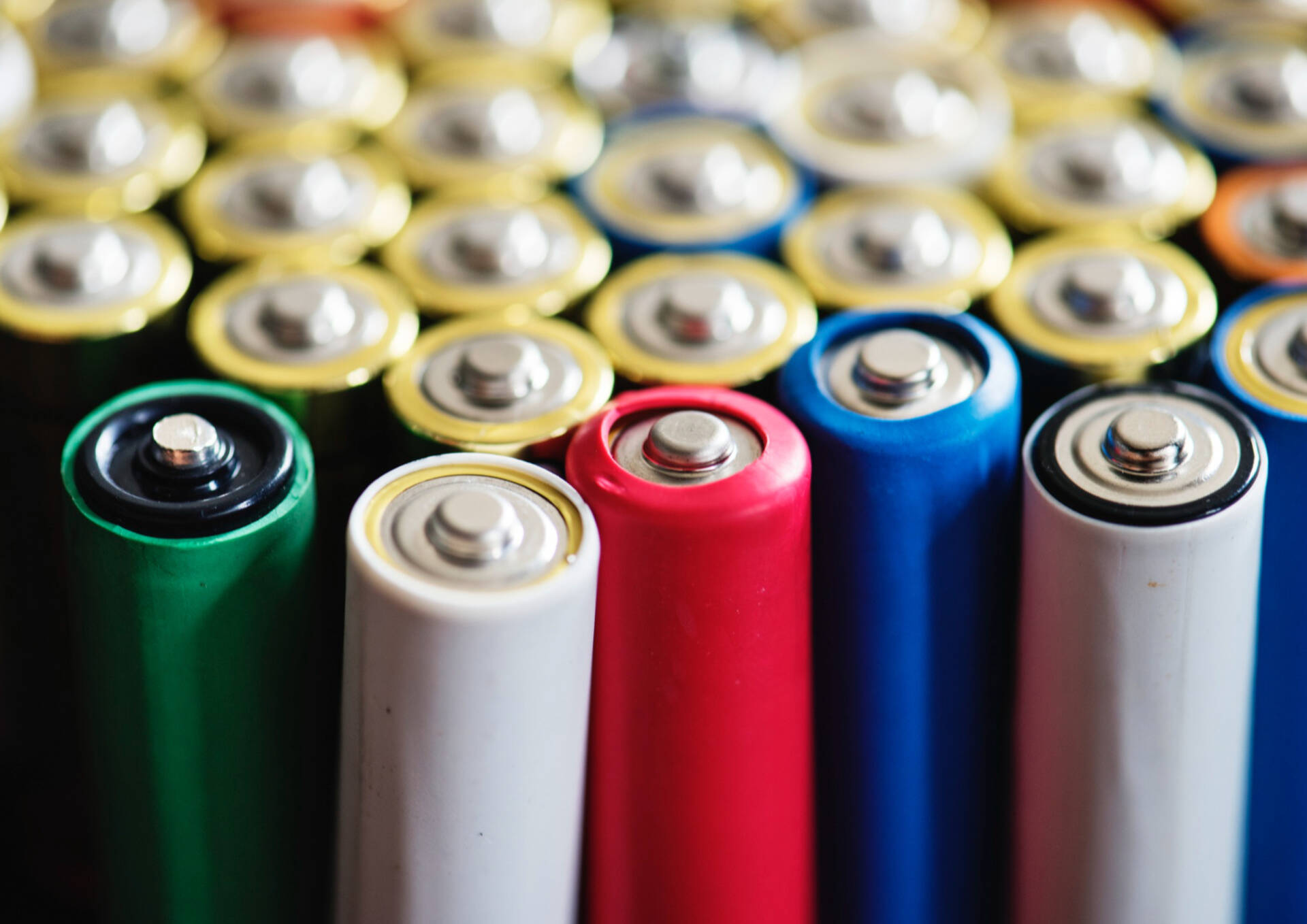
A lithium-ion battery cell is manufactured in three stages: electrode fabrication, cell assembly, and cell finishing. Each of these stages contains sub-processes ranging from anode and cathode coating through component assembly and eventually packing and testing the battery cells. The most popular cell types are Prismatic, cylindrical, and pouch, and while the cell design varies, the manufacturing techniques are very similar. Manufacturing costs around 25% of the cost of a Li-ion battery.
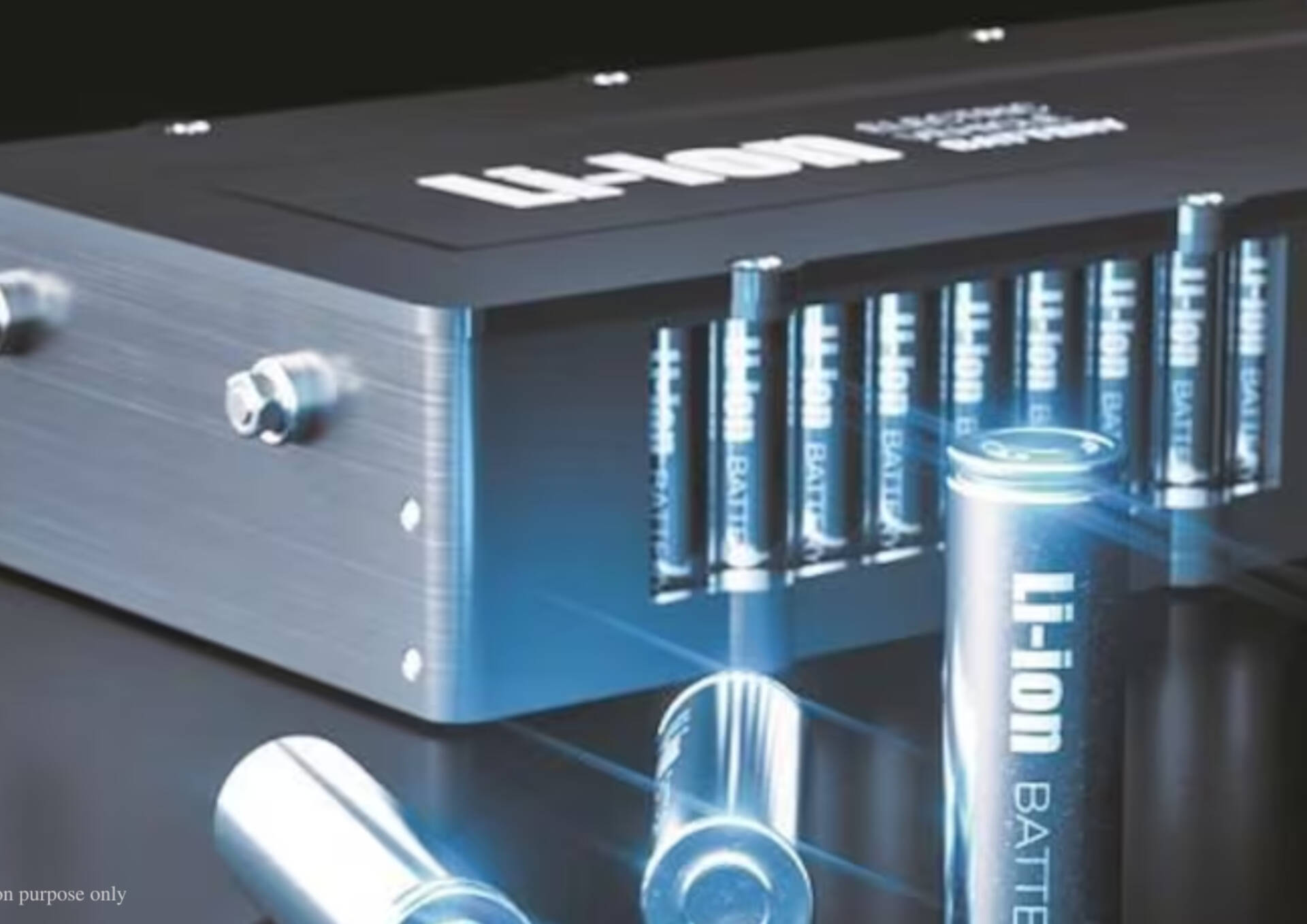
During the battery cell growth process, charging and discharging cycles are employed to create a protective layer between the electrolyte and the electrode. The initial charge gas is evacuated, and the cell is vacuum-sealed. After cell synthesis, ageing begins and evaluates cell characteristics and performance. The cell is aged at both high and low temperatures, and if no dramatic changes occur, it is considered functional. Following that, the cells are put through an end-of-line test that includes capacity measurements, pulse testing, resistance measurements, inspections, and leakage tests. After successful testing, the cells are assembled into battery packs. The forming and ageing processes account for 32% of the whole production process.
Detailed Report Sample On Lithium Ion Battery Manufacturers
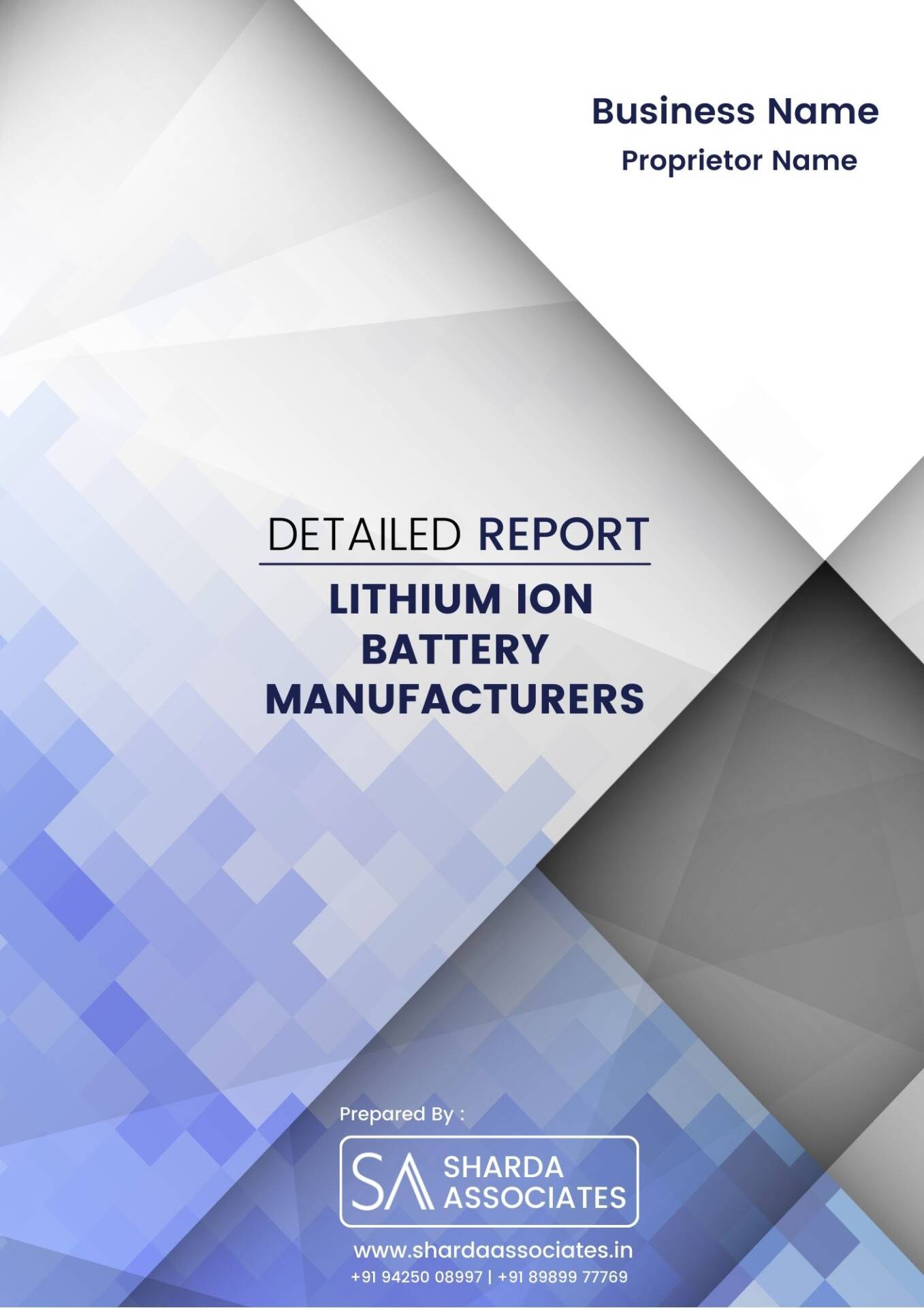
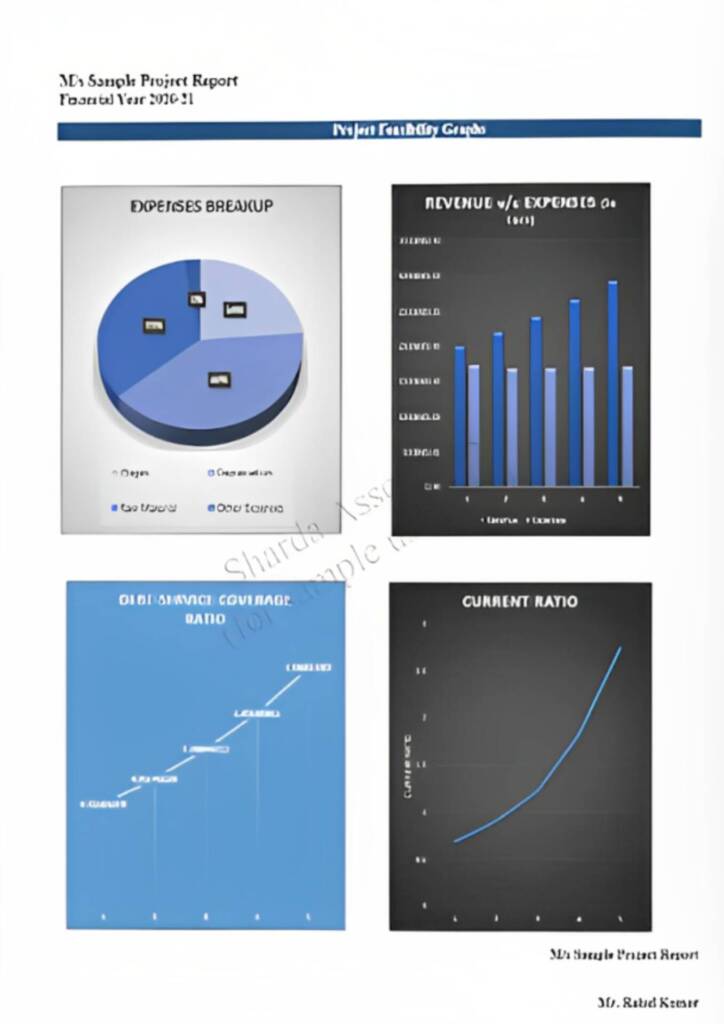
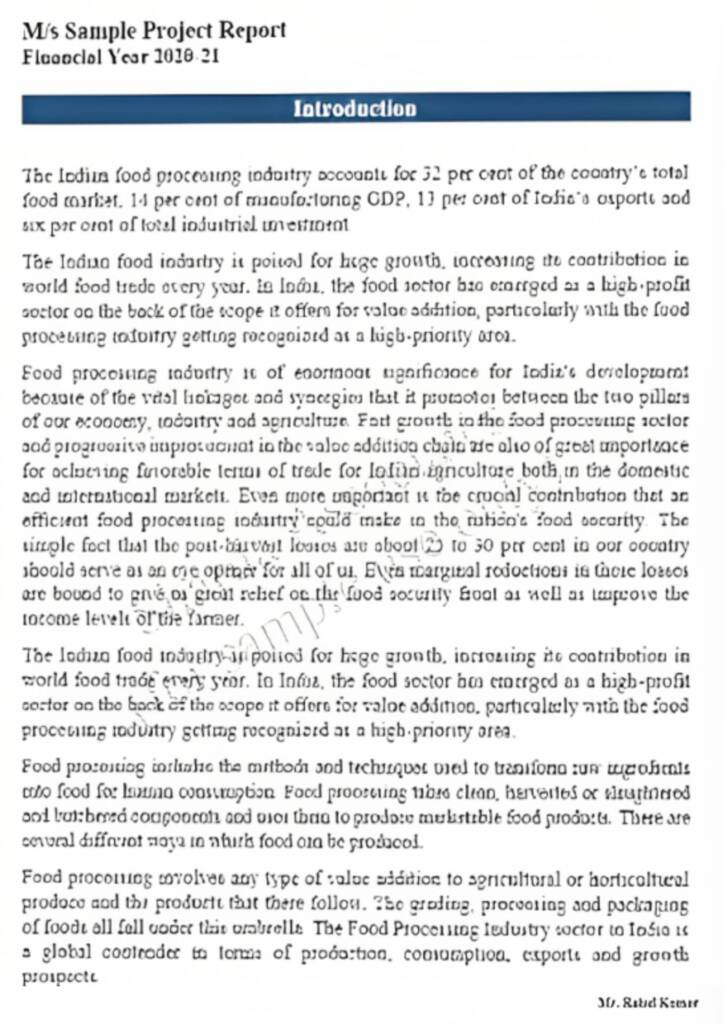
Market Potential Of Lithium Ion Battery Manufacturers
The India Lithium-ion Battery Market is expected to be valued USD 2.48 billion in 2023, growing to USD 5.49 billion by 2028, with a CAGR of 17.21% between 2023 and 2028.
The market is segmented into applications such as automotive, consumer electronics, energy storage systems, industrial, and others. The automotive industry is projected to be the most dominating application for lithium-ion batteries. Rising public awareness of the benefits of battery-powered vehicles, as well as rising petrol and diesel prices, have pushed buyers to these electric or hybrid vehicles, particularly in Asia Pacific, North America, and Europe.
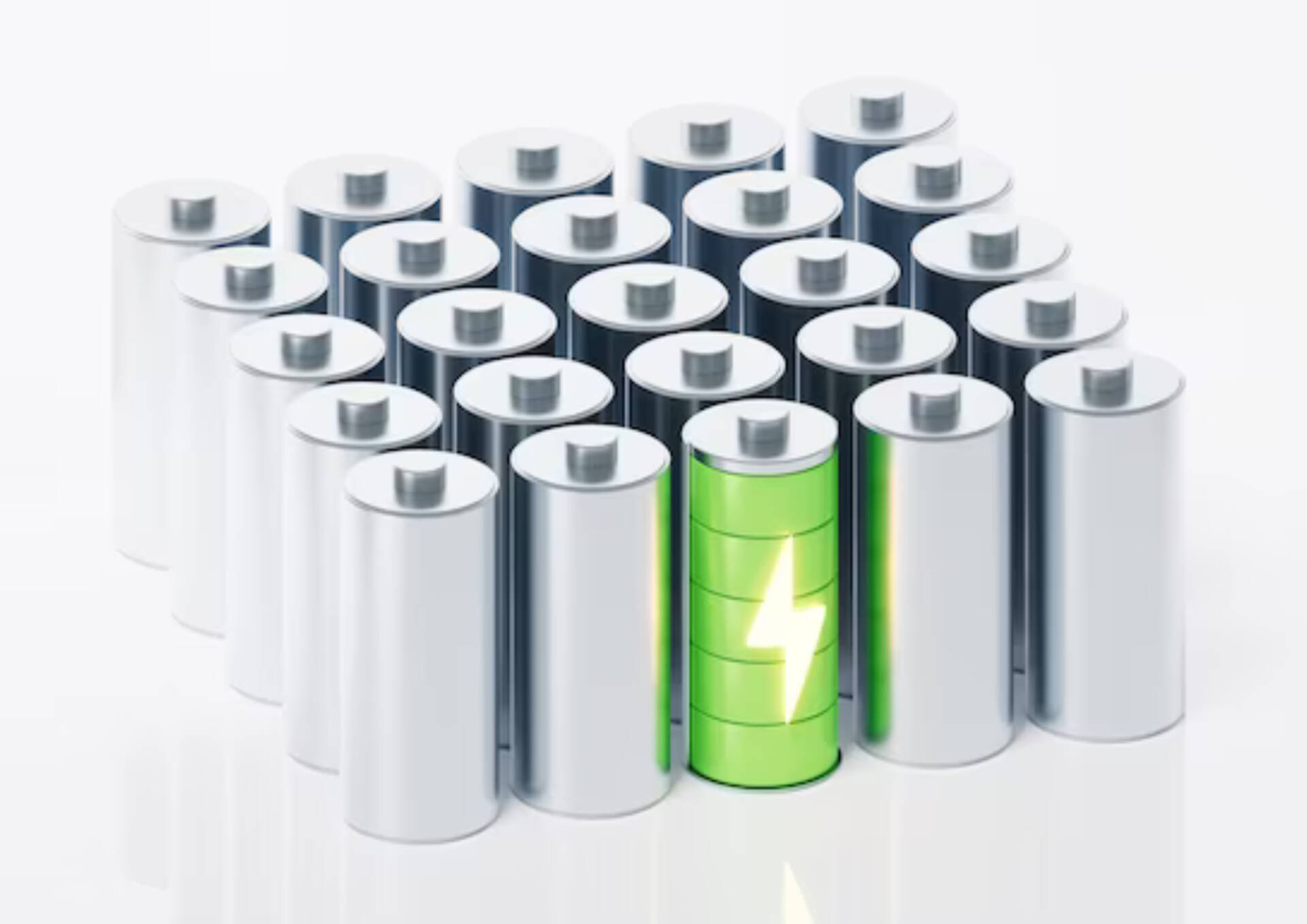
The consumer electronics industry is regarded to be the most quickly developing use for lithium-ion batteries. The ongoing improvement of the consumer electronics sector has resulted in a growth in the use of lithium ion batteries in a variety of applications. They offer several advantages such as enhanced power capacity, less emissions, and increased safety.
However, constraints such as an uneven supply chain network, a mismatch between supply and demand, local protectionism, and quality disparities are inhibiting market revenue growth. These inefficiencies may increase battery supply concerns for businesses such as new vehicles and solar power storage installations, decreasing industry revenue development. Furthermore, lithium-ion batteries and cells are not as long-lasting as other rechargeable technologies, necessitating safeguards against overcharging and careless disposal. Furthermore, the current in these battery types must be kept at safe levels at all times.
Contents of Project Report
A project report helps you identify whether a project is worth pursuing. It presents the holistic view and brings complete insight of the business and its activity.
It acts as a guide for all the business operations, aids in taking all financial decisions related to the existing businesses and to the start-ups. It serves as roadmap to the business and provides information to the outsider who are wanting to know more about the business.
You will have the opportunity to build new goals and expansion ideas in one single document. Everyone, from the banks to potential investors, will need to have a look at the project report before they shell out any money.
A well drafted project report generally consists details about:
- Brief History of the Business
- The Promoters
- SWOT Analysis
- Industry Outlook
- Past Financial Statements
- Projected Financial Statements
- Infrastructure and Human Resource required
- CMA data
- Business model
- Requirement of Working Capital Funds
- Means of Finance
Other relevant information, if any.
